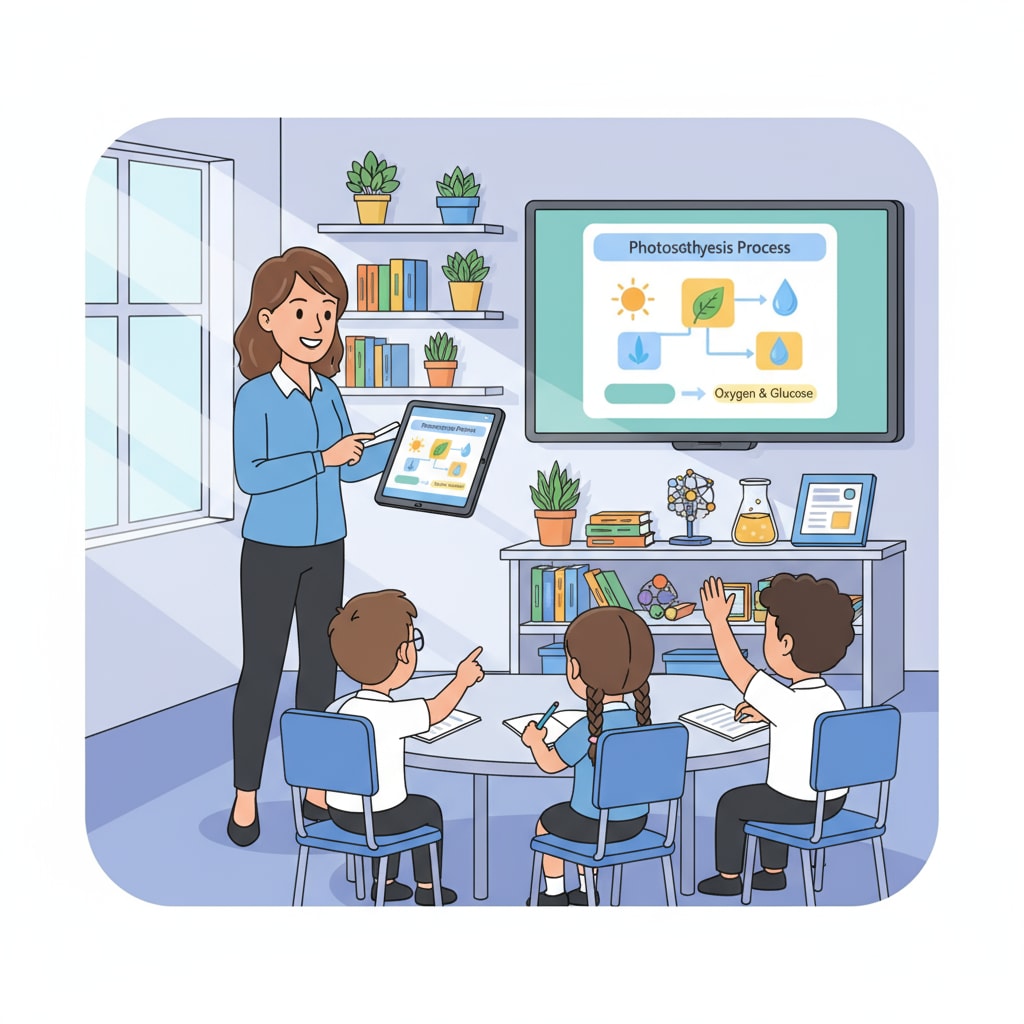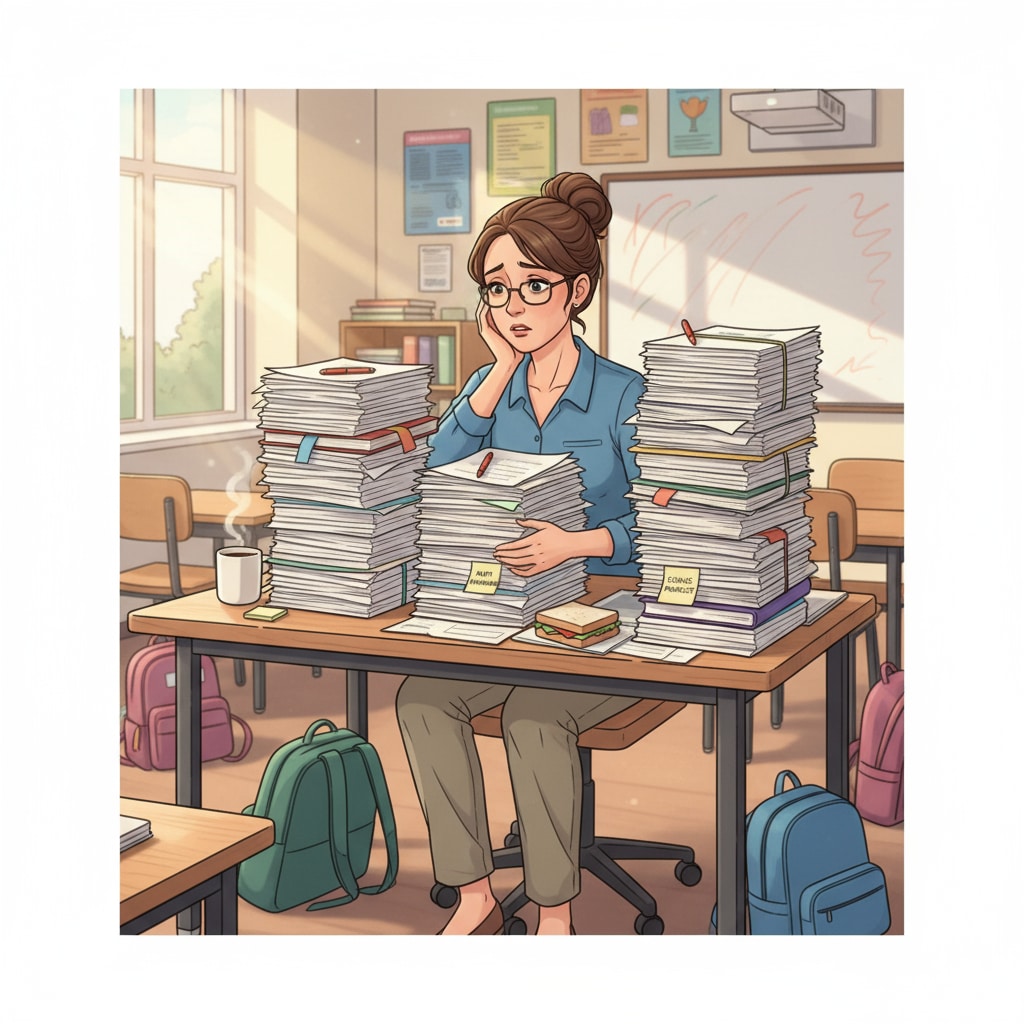Teacher workload, educational technology, and teaching efficiency are crucial aspects in modern education. K12 teachers today are often burdened with a multitude of tasks, from lesson planning to grading, which leaves them with limited time for personalized student interaction. Educational technology can play a pivotal role in alleviating these burdens and enhancing overall teaching efficiency.

The Heavy Burden on K12 Teachers
K12 teachers face a significant workload. They are responsible for creating engaging lesson plans, delivering high-quality instruction, and assessing student progress. In addition to these core tasks, they also have to manage classroom behavior, communicate with parents, and participate in professional development activities. This heavy load can lead to stress and burnout, which in turn may affect the quality of education they provide. For example, a teacher spending hours grading papers may have less time to prepare innovative lessons.

The Role of Educational Technology
Educational technology offers a range of solutions to ease teacher workload. Tools such as learning management systems (LMS) can automate tasks like assignment distribution and grading. These systems can also provide instant feedback to students, allowing teachers to focus more on guiding students’ learning rather than administrative tasks. Additionally, educational software can offer pre-made lesson plans and teaching resources, saving teachers valuable time in preparation. According to Wikipedia’s entry on Educational Technology, the use of technology in education has the potential to transform teaching and learning processes.
Developing Tools Based on Teacher Needs
To truly make a difference, educational technology tools need to be developed with a deep understanding of teachers’ actual requirements. This involves conducting thorough research on their daily work processes and challenges. For instance, a tool that simplifies the creation of individualized learning plans for students would be highly beneficial. By involving teachers in the development process, developers can ensure that the tools are user-friendly and meet the specific needs of the classroom. As stated in Britannica’s article on Educational Technology, user-centered design is essential for the success of educational tech tools.
In conclusion, by leveraging educational technology to address teacher workload, we can enhance teaching efficiency and ultimately improve the quality of education. It is essential that we continue to explore and develop innovative solutions that put teachers’ needs first, enabling them to focus on what they do best – inspiring and educating the next generation. Readability guidance: This article uses short paragraphs and lists to summarize key points. Each H2 section has relevant details and lists when appropriate. The passive voice and long sentences are kept to a minimum, and transition words are used throughout to enhance readability.


